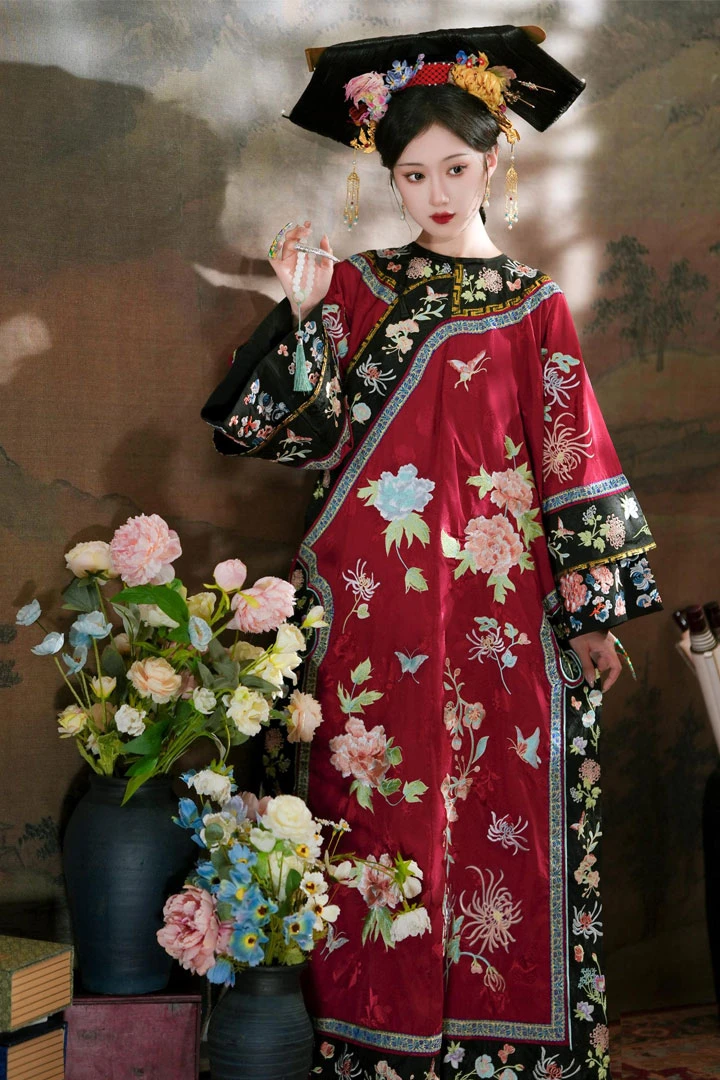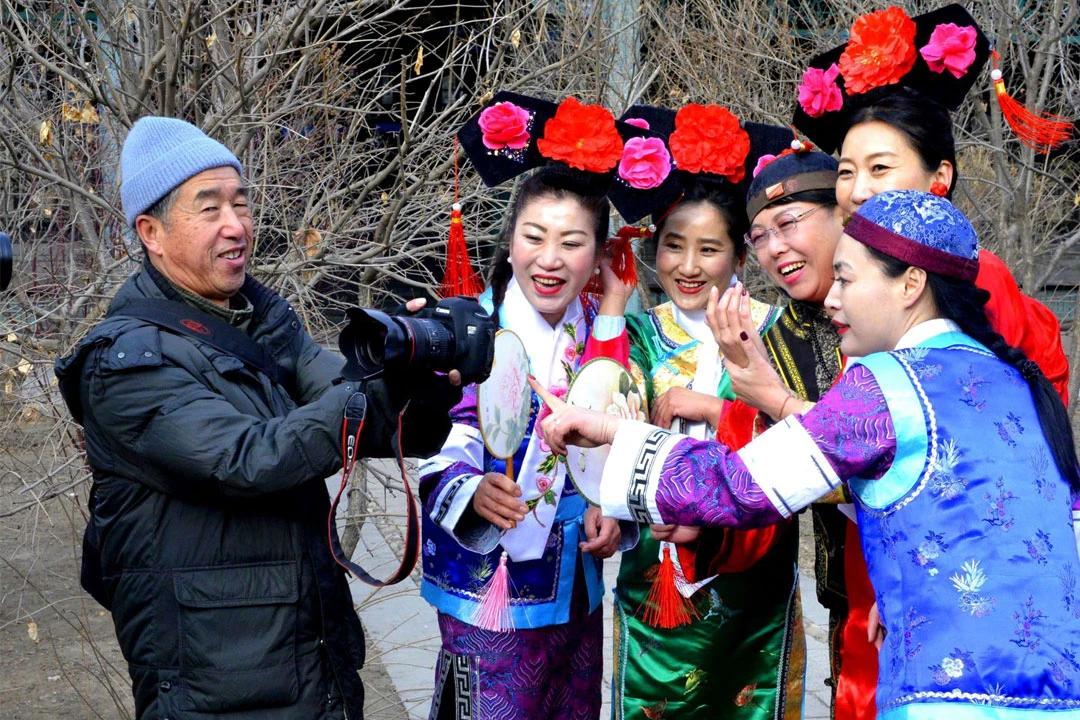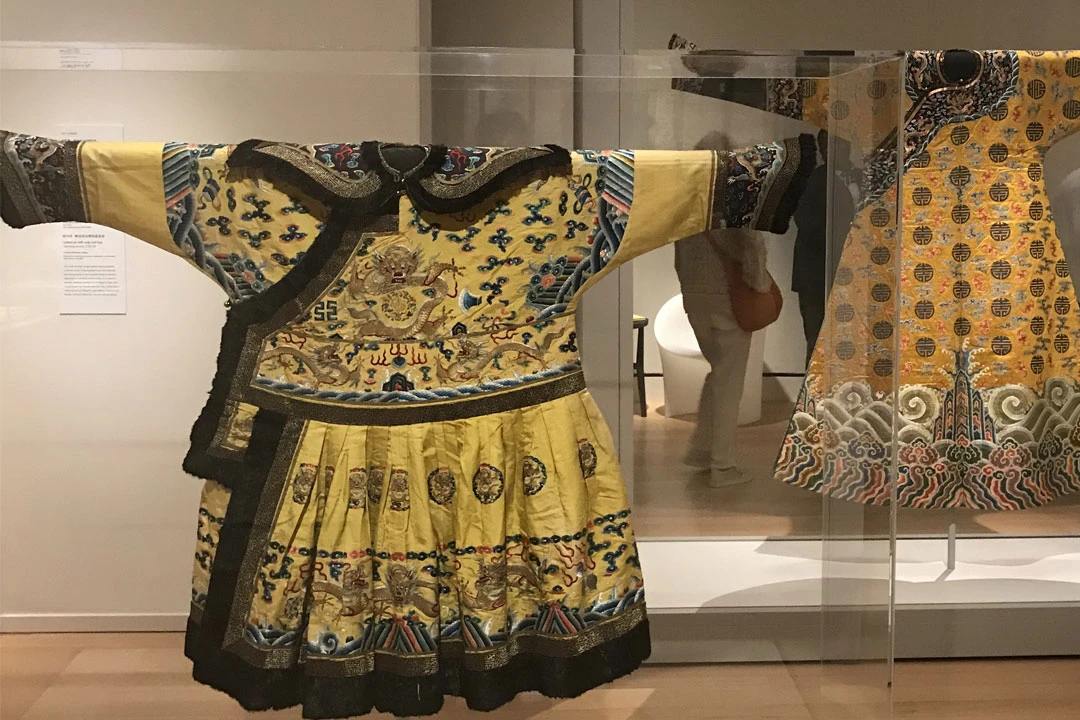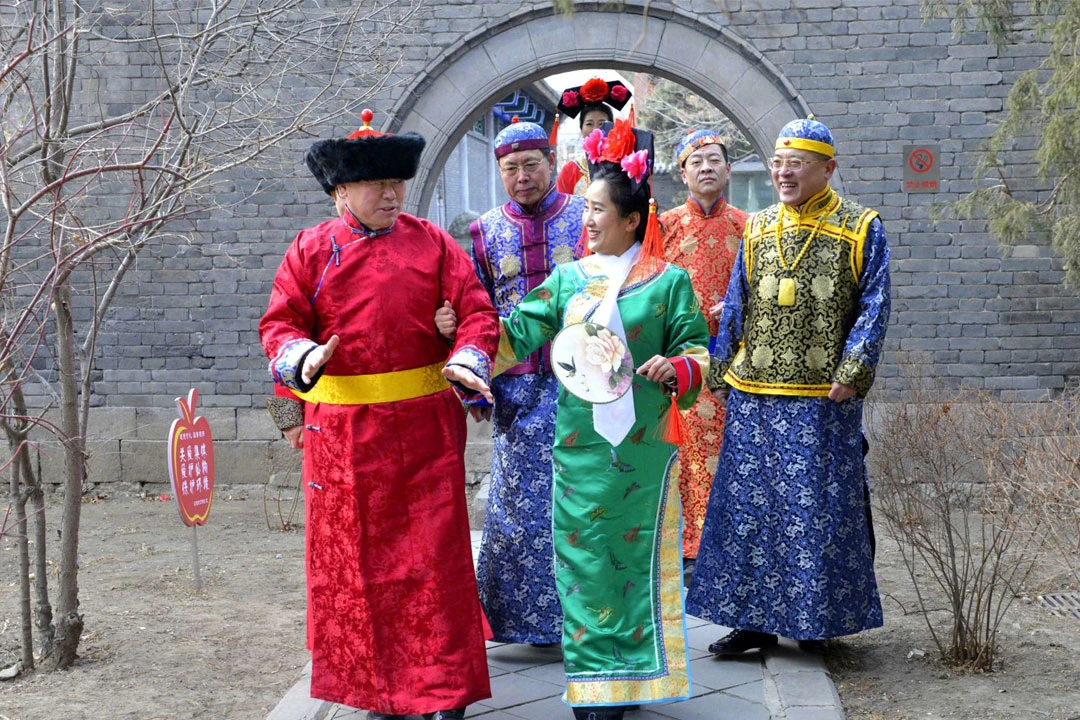In the annals of Chinese history, the Qing Dynasty stands as the final imperial dynasty, ruled by the Manchu ethnic group from 1644 to 1912. Emerging from the northeastern regions between the White Mountains and Black Water, the Manchu people forged a remarkable dynasty that left an indelible mark on Chinese culture and society for nearly three centuries.
The roots of the Manchu people trace back to the ancient Jurchen tribes who inhabited the northeastern territories over two millennia ago. Evolving through centuries of interaction and assimilation, they eventually formed distinct identities such as the Jianzhou Jurchens and later, the Manchus. Their cultural evolution was profoundly influenced by interactions with neighboring civilizations, particularly the Han Chinese, leading to the adoption and adaptation of various political, economic, and cultural systems.
Central to Manchu identity were their unique customs and traditions, manifesting prominently in their daily lives, attire, and architecture. One of the most iconic features was the traditional male hairstyle known as "Shaving the Front and Braiding the Back." This practice symbolized allegiance to Manchu traditions and was mandatory for men across all societal strata during the Qing Dynasty. Similarly, women adhered to modest dress codes, notably seen in the elegant simplicity of the traditional "Qipao," reflecting the cultural norms of humility and propriety.

Manchu architectural styles also bore distinctive characteristics, setting them apart from their Han counterparts. The layout of traditional Manchu homes typically consisted of three main sections—west, central, and east—each serving specific functions within the household. Orientation was crucial, with the main entrance facing south to align with principles of Feng Shui, believed to bring harmony and auspiciousness to the inhabitants.
The daily life of the Manchu people was shaped by their environment and cultural practices. Living primarily in rural Northeastern China, they developed customs like the use of "kang" beds—traditional heated brick beds—which provided warmth during harsh winters and became hubs for family gatherings and communal activities. These practices not only sustained their physical comfort but also reinforced social bonds and familial cohesion.
Cuisine played a pivotal role in Manchu culture, blending influences from their agrarian roots with culinary techniques and ingredients borrowed from Han Chinese traditions. Staple foods such as millet, corn, and soybeans were complemented by distinctive dishes like "suan cai" (pickled vegetables) and "guo bao rou" (sweet and sour pork), reflecting a synthesis of flavors and culinary arts that characterized Manchu culinary heritage.
Despite the decline of the Qing Dynasty and subsequent societal changes, the cultural legacy of the Manchu people endures. Today, efforts are underway to preserve and celebrate their rich heritage through cultural institutions, festivals, and educational initiatives. Museums and exhibitions showcase artifacts, traditional attire, and architectural models, offering insights into the vibrant history and enduring contributions of the Manchu civilization.
Preserving Heritage
The preservation of Manchu heritage remains a critical endeavor, aiming not only to honor the past but also to inspire future generations. Initiatives range from language revitalization programs to the documentation of oral histories and the restoration of historical sites. These efforts not only safeguard cultural diversity but also foster greater understanding and appreciation of the manifold contributions made by the Manchu people to Chinese civilization.
The cultural tapestry woven by the Manchu people throughout their centuries-long history continues to captivate and inspire. From their humble origins as nomadic tribes to their ascent as rulers of a vast empire, the Manchu have left an indelible imprint on Chinese culture. As we celebrate their traditions and contributions today, we recognize the enduring legacy of a people whose resilience, creativity, and cultural richness have shaped the course of history in Northeastern Asia and beyond.
In recent decades, there has been a renewed interest in Manchu culture and identity among both scholars and the general public. Efforts to revive traditional practices, such as language studies and cultural festivals, aim to reconnect contemporary Manchu descendants with their ancestral roots. Institutions like the Manchu Studies Society and academic programs at universities focus on researching and disseminating knowledge about Manchu history, language, and customs, ensuring that these aspects of heritage are not lost to time.
The Manchu language, known for its unique script derived from Mongolian, played a pivotal role in administrative affairs during the Qing Dynasty. Today, linguistic experts and enthusiasts work diligently to preserve and teach Manchu as a living language. Literary works from the Qing era, ranging from historical chronicles to poetry and administrative documents, offer invaluable insights into the societal norms, governance, and cultural practices of the time.
Manchu artistry encompassed a wide array of disciplines, including painting, calligraphy, embroidery, and metalwork. Each art form was infused with distinctive Manchu motifs and styles, reflecting both aesthetic preferences and cultural narratives. Traditional crafts such as filigree jewelry and intricate silk embroidery continue to be cherished for their craftsmanship and symbolic meanings, often passed down through generations as family heirlooms.
Influence on Modern Culture
Beyond scholarly pursuits, the influence of Manchu culture resonates in contemporary Chinese society. Elements of Manchu cuisine, attire, and architectural styles persist in various regions, serving as reminders of a bygone era. Cultural festivals and performances, such as the celebration of the Manchu New Year, showcase traditional dances, music, and rituals, fostering a deeper appreciation among the broader populace for Manchu customs and traditions.
Tourism and Cultural Diplomacy
The promotion of Manchu heritage through tourism initiatives has also become a priority. Historical sites such as the Mukden Palace in Shenyang and the Imperial Palace in Beijing attract visitors keen to explore the architectural grandeur and historical significance of Qing-era buildings. Local governments collaborate with cultural institutions to develop heritage trails and educational tours, enriching the tourism experience while preserving and promoting Manchu cultural heritage.
Looking ahead, the future of Manchu cultural heritage lies in continued collaboration between scholars, cultural institutions, and community stakeholders. Embracing technological advancements, such as digital archives and virtual reality exhibits, offers new avenues to preserve and share Manchu history with a global audience. Moreover, fostering intercultural dialogue and exchange enhances mutual understanding and appreciation of diverse cultural identities within China and beyond.
The journey to preserve and celebrate Manchu cultural heritage is a testament to the enduring legacy of a people who shaped China's history and cultural landscape. By honoring their traditions, language, arts, and customs, we not only pay homage to the past but also enrich our present and future. Through collective efforts, we can ensure that the vibrant tapestry of Manchu civilization continues to inspire generations to come, fostering cultural diversity and mutual respect in an interconnected world.



